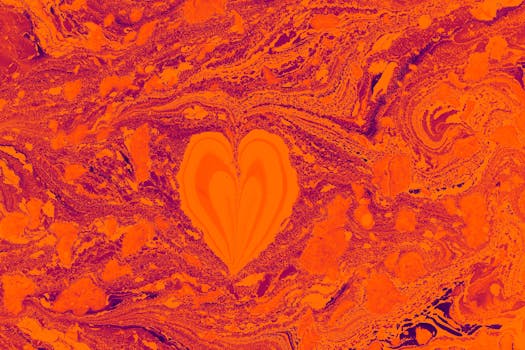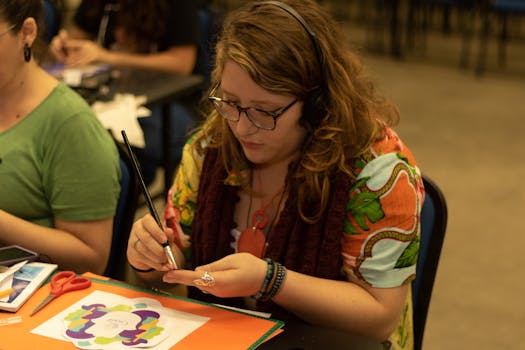
Art as Therapy: Unleashing the Healing Power of Creativity
Takeaways: Art therapy is a transformative practice that harnesses the creative process to improve mental health and emotional well-being. Engaging in artistic activities can reduce stress, enhance self-esteem, and foster connection with oneself and others.
Art has long been recognized as a form of expression, but it also holds significant therapeutic benefits. In this article, we explore the concept of art as therapy, its psychological impacts, and how engaging in creative activities can aid in healing and personal growth.
The Nature of Art Therapy
Art therapy is a specialized field that combines traditional psychological practices with creative expression. It allows individuals to communicate their feelings and experiences through various art forms—whether it’s painting, drawing, sculpting, or collage-making. Unlike conventional therapy, art therapy does not require participants to be skilled artists; instead, the focus is on the process of creation itself.
The therapeutic relationship between the art therapist and the client is crucial. During sessions, art therapists guide individuals in using art to explore their emotions and thoughts, ultimately fostering self-discovery and healing. This non-verbal form of communication can be particularly effective for those who find it difficult to express themselves through words.
Studies have shown that art therapy can significantly reduce symptoms of anxiety and depression. According to the American Art Therapy Association, engaging in artistic activities can lower cortisol levels, thereby alleviating stress. The creative process also encourages mindfulness, allowing individuals to be present in the moment and promoting a sense of calm.
The Psychological Benefits of Creative Expression

- Emotional Release: Art provides a means to express feelings that may be difficult to articulate. The act of creating can release pent-up emotions, allowing individuals to process their experiences.
- Enhanced Self-Esteem: Completing a piece of art can instill a sense of accomplishment and boost confidence. This positive reinforcement can be especially beneficial for individuals struggling with self-worth.
- Mindfulness and Focus: The creative process encourages individuals to immerse themselves in their work, promoting mindfulness and reducing anxiety. This focused state can lead to improved emotional regulation.
- Connection and Community: Group art therapy sessions foster a sense of belonging and connection among participants. Sharing artistic experiences can help combat feelings of isolation and loneliness.
Moreover, art therapy can be tailored to meet the needs of diverse populations, including children, veterans, and individuals with chronic illness. Each group can benefit from the unique ways art facilitates communication and healing.
Practical Tips for Incorporating Art as Therapy

- Set Aside Time: Dedicate time each week for creative expression. This could be as simple as doodling in a sketchbook or painting a canvas.
- Create a Comfortable Space: Establish a dedicated area for your art practice. Surround yourself with materials that inspire you and make you feel comfortable.
- Experiment with Different Mediums: Explore various forms of art to find what resonates with you. Try painting, drawing, sculpture, or even digital art.
- Join a Class or Group: Consider participating in an art class or a local art therapy group. This can provide structure and community support.
- Reflect on Your Work: After completing a piece, take time to reflect on the emotions and thoughts that arose during the process. Journaling about your experience can deepen your understanding.
Conclusion
Art as therapy is a powerful modality that taps into the human capacity for creativity as a means of healing. Whether through individual practice or guided sessions, engaging in artistic activities can provide significant emotional and psychological benefits. As we continue to explore the intersection of art and mental health, it becomes increasingly clear that creativity is not just a form of expression—it is a vital tool for healing and personal growth.






